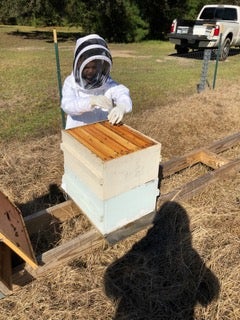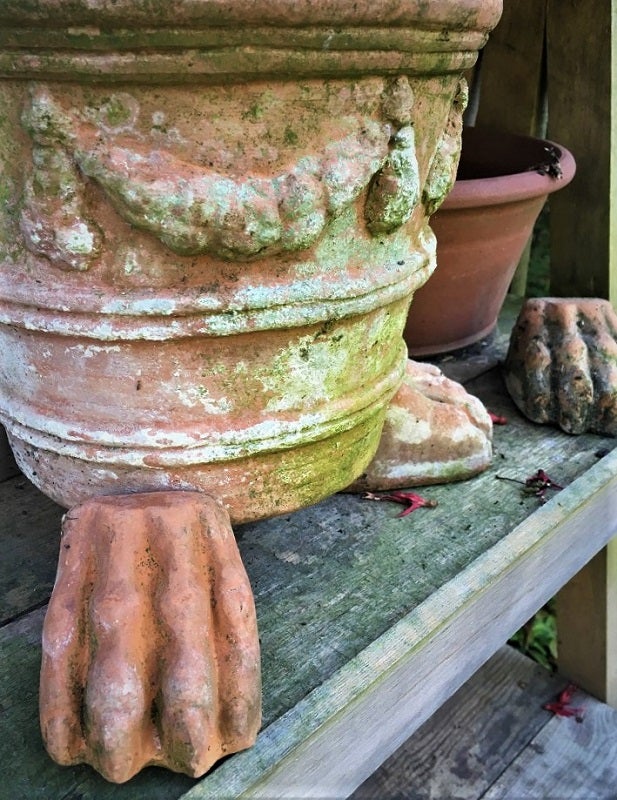Master Beekeeper: What’s in a Bee Hive
Published 2:46 pm Sunday, February 3, 2019

- Len VanMarion Certified Texas Master Gardener, TAIS Master Beekeeper, Texas Beekeepers Association member, Real Texas Honey member
By Len VanMarion
TAIS Certified Master Beekeeper
When you see a block of white hive boxes sitting in a field did you ever wonder what’s in that box? Well, of course, there are bees and honey. But what else is in the box, how many bees and how much honey?
A good strong colony of bees in May/June will consist of about 40,000 bees, 10 to 20 sections of comb. Eggs and young bee larva will be on six-eight of these combs, two-three combs will contain pollen and the other 10 or so with nectar or honey.
A managed hive will consist of a bottom board, a couple of deep boxes, an inner cover, a lid and 10 frames per deep box to support the comb. It may also have some smaller boxes called honey supers on top. These make it easier for the beekeeper to “rob” or remove the honey for processing.
A strong hive might contain 20 pounds of wax and 100 pounds of honey or nectar and 15-20000 eggs or young bees.
The queen will lay 2000 eggs per day in the spring and summer. This is quite an investment by the bees as it takes 1,000,000 flower visits for 1 pound of honey, and the energy from 8 pounds of honey for 1 pound of wax.
Each bee larva (young bee) will be visited by the nursery bees up to 1000 times per day. The larva are fed and checked on almost constantly. This is quite a family group.
Those things mentioned above are just the big things, the things we see.
Just like our bodies, we have bacteria and virus on and in us.
The honey bee colony is the home of thousands of microbes, bacteria and viral organisms living in sync with the bees. Like us, most are beneficial but there are some that can infect and make the hive sick. This is part of what a beekeeper will watch for.
He/She will help keep the hive clean and healthy, watch for weaknesses and try to aid the bees. Much like our mom or a doctor does for us.
You too can help keep our bees healthy, don’t use systemic insecticides, it collects in the pollen and nectar and sickens our bees.
Don’t use powder insecticides because the bees carry it to the hive with the pollen and feed it to the bee larva.
Only spray insecticides when needed and then only at dusk or after. The bees return to the hive at dusk and will be out of harms way.
You CAN make a difference. Help save our bees.






